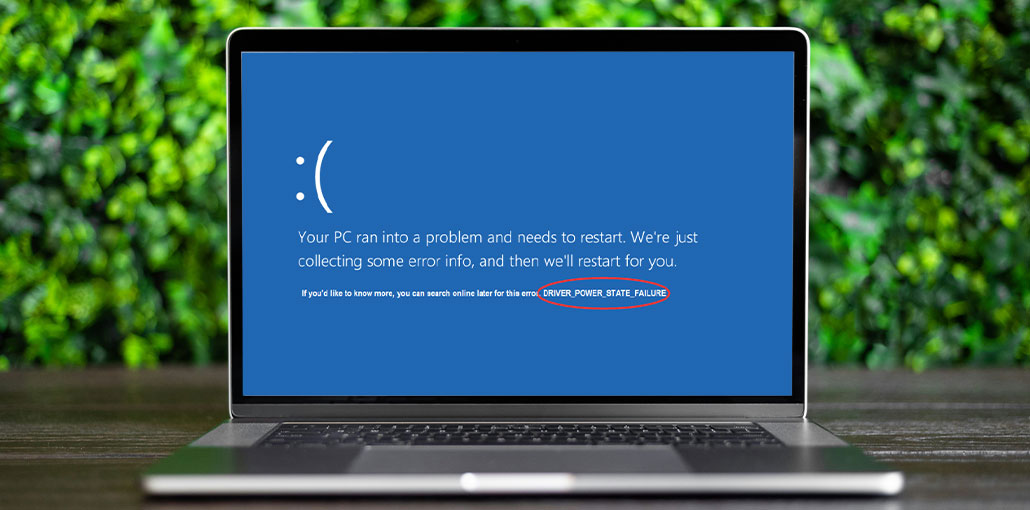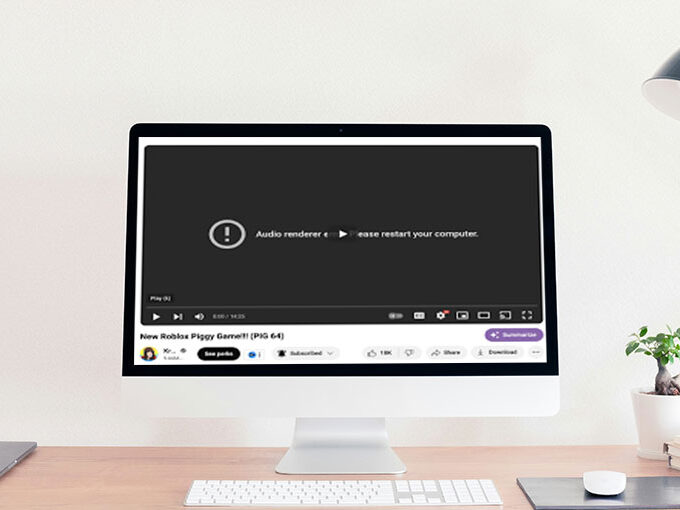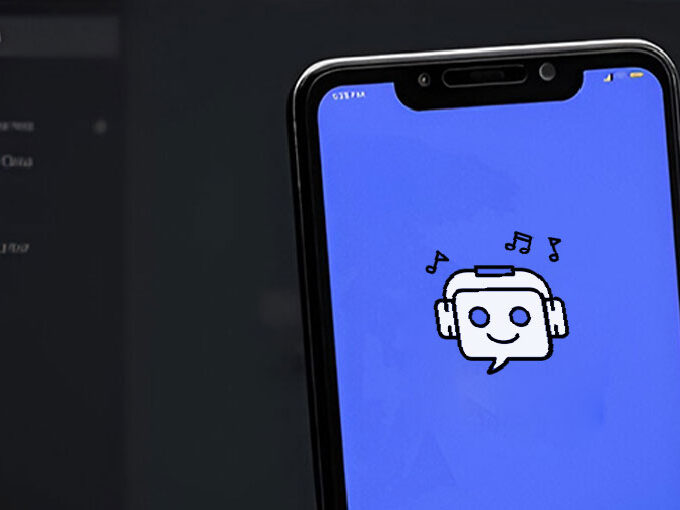Blue screens may occur for various reasons. When experiencing “Driver Power State Failure” on Windows 10/11 device, it could indicate defective drivers, hardware incompatibilities or incorrect power settings as possible causes.
The good news is that you can fix it easily. Below are 6 options to fix Driver Power State Failure issue. It’s not necessary to try them all. Simply work down this list to discover the one that is right for you.
Some Reasons for Windows Driver Power State Failure
- Incompatible drivers
- Corrupted hardware
- Unwanted software
- Unnecessary change in PC settings
- Using too many external devices
- Outdated graphic drivers
- Damaged SSDs
- Corrupted files
- Windows problems
- Unwanted power settings
- Incompatible programs
Also read: How to Fix Bluetooth Driver Error on Windows 10
How to Fix Driver Power State Failure
This part provides instructions on nine ways to fix “driver power state failure” blue screen of death (BSOD). Learn how to fix this issue effortlessly.
1. Remove external hardware
External hardware connected to your PC that’s malfunctioning may also contribute to issues with it, like this one. To identify whether that may be the cause, disconnect any devices (printer, speaker, scanner, or USB drive, etc) connected and then restart your computer.
If your computer is operating properly after removing hardware, this means one component of your hardware is at fault. It is best to restart every device in your system and test it every time. You’ll be able to identify the device responsible for your issue.
2. Uninstall the problematic driver
Windows’ Device Manager displays information about each of your devices’ status. If something’s amiss with one, such as corrupt or missing drivers, a yellow exclamation mark appears at the top of its icon. Uninstalling the driver should resolve the Driver Power State Failure problem quickly and efficiently.
3. Update device drivers
One of the primary factors contributing to this problem is outdated drivers. It doesn’t matter if you update your device drivers manually or use a third-party driver updater. To run your operating system efficiently, you need to download the latest driver version.
If you’re uncomfortable working with driver software for your device. The driver updater will detect your computer and identify the appropriate driver for your system. You don’t have to know what operating system is running on your computer, and you won’t have to worry about downloading the wrong driver, and you don’t have to be concerned about making a mistake when installing.
4. Turn off power saving
According to Microsoft, certain devices could have devices may experience the “Driver Power State Failure” error when using certain power plans. To resolve this issue, users must disable power saving mode or fast startup to switch to another power plan.
Also read: How to Fix Windows Update Errors in Windows 10
5. Uninstall third-party software
Third-party software, particularly antivirus software running on your computer, could cause blue screen errors. To determine if this is an issue, uninstall both antivirus software and any newly downloaded temporary applications to isolate this problem. Then start your system again to check the problem.
6. Refresh or reinstall Windows
Resetting Windows 10 may be your last option when your PC can no longer recover from blue screens, without fearing for its data or files being deleted inadvertently. There are two methods available. performing an unintentional reset, which wipes everything clean, or saving personal data and apps before performing this type of reset.
Conclusion
In the end, there are various solutions available to fix the Driver Power State Failure error. It is important to create a plan of action to address it. Starting by updating drivers or power settings, or even unplugging devices, may provide temporary relief before opting for more complex solutions.
FAQs: Driver Power State Failure
Does Driver Power State Failure damage my laptop?
No, but frequent crashes can affect system stability. Fixing the driver and power configuration helps prevent further blue screens or hardware strain.
Is Driver Power State Failure a hardware or software issue?
Mostly software-related, caused by drivers, power settings, or OS bugs. However, rare cases involve faulty hardware like battery or SSD controllers.
How can I prevent Driver Power State Failure in the future?
Keep your Windows and drivers updated, avoid using outdated peripherals, and adjust advanced power options to prevent devices from turning off automatically.
What is Stop Code 0x0000009F?
Stop Code 0x0000009F refers to the Driver Power State Failure BSOD, which signals a driver-related power transition problem in Windows.










Leave a comment